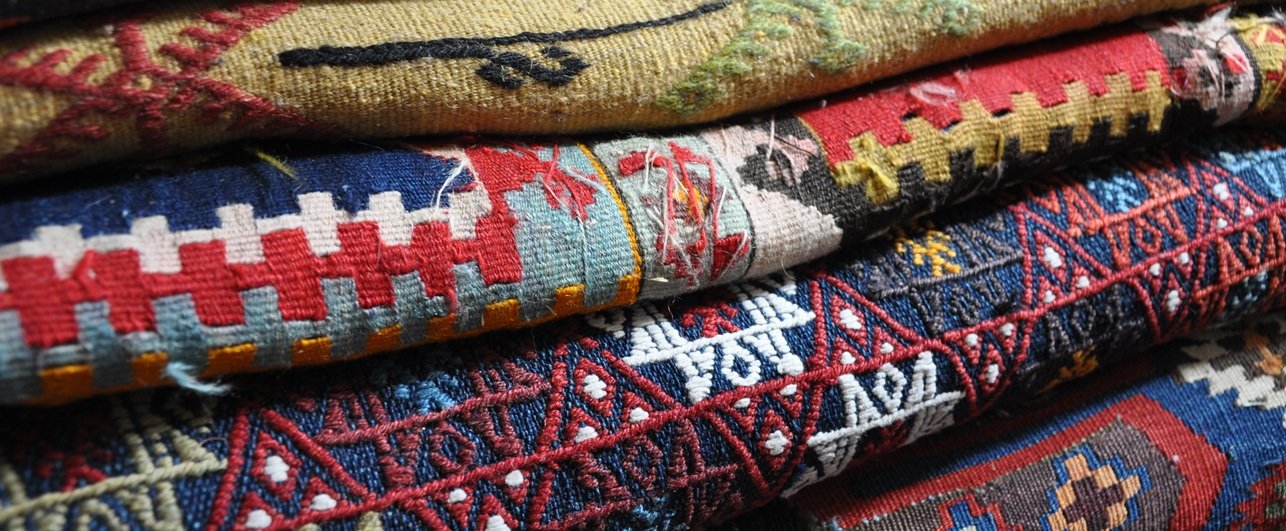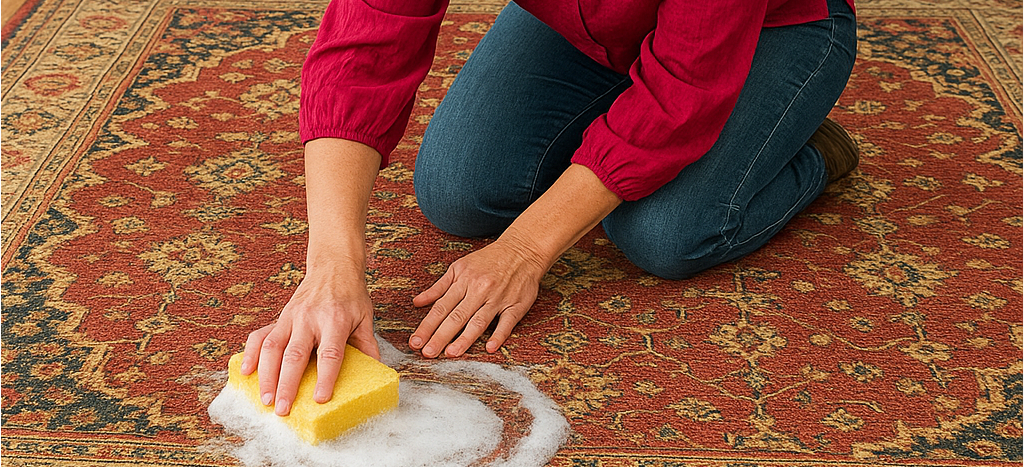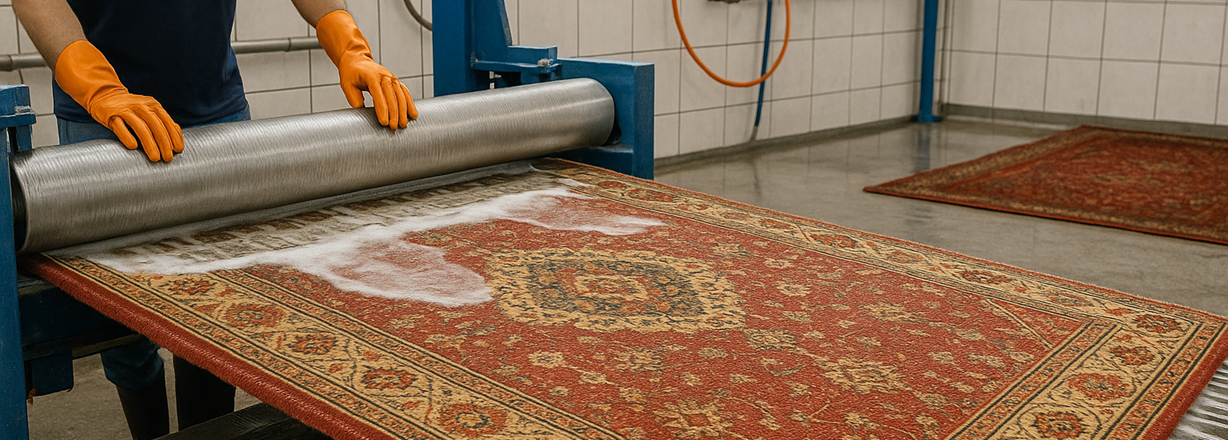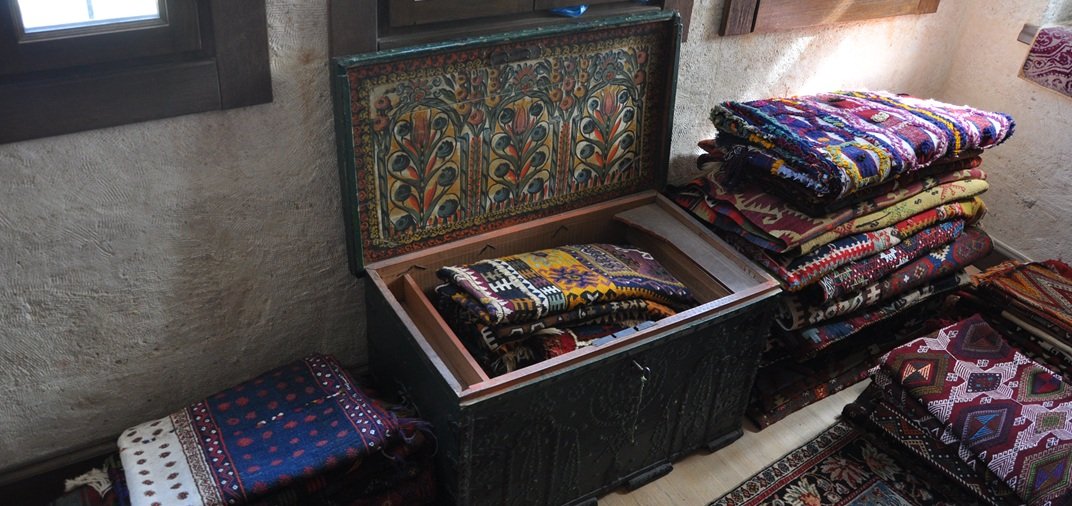Blog
How to Care for Your Legacy Rug: Cleaning, Storage, and Protection Tips
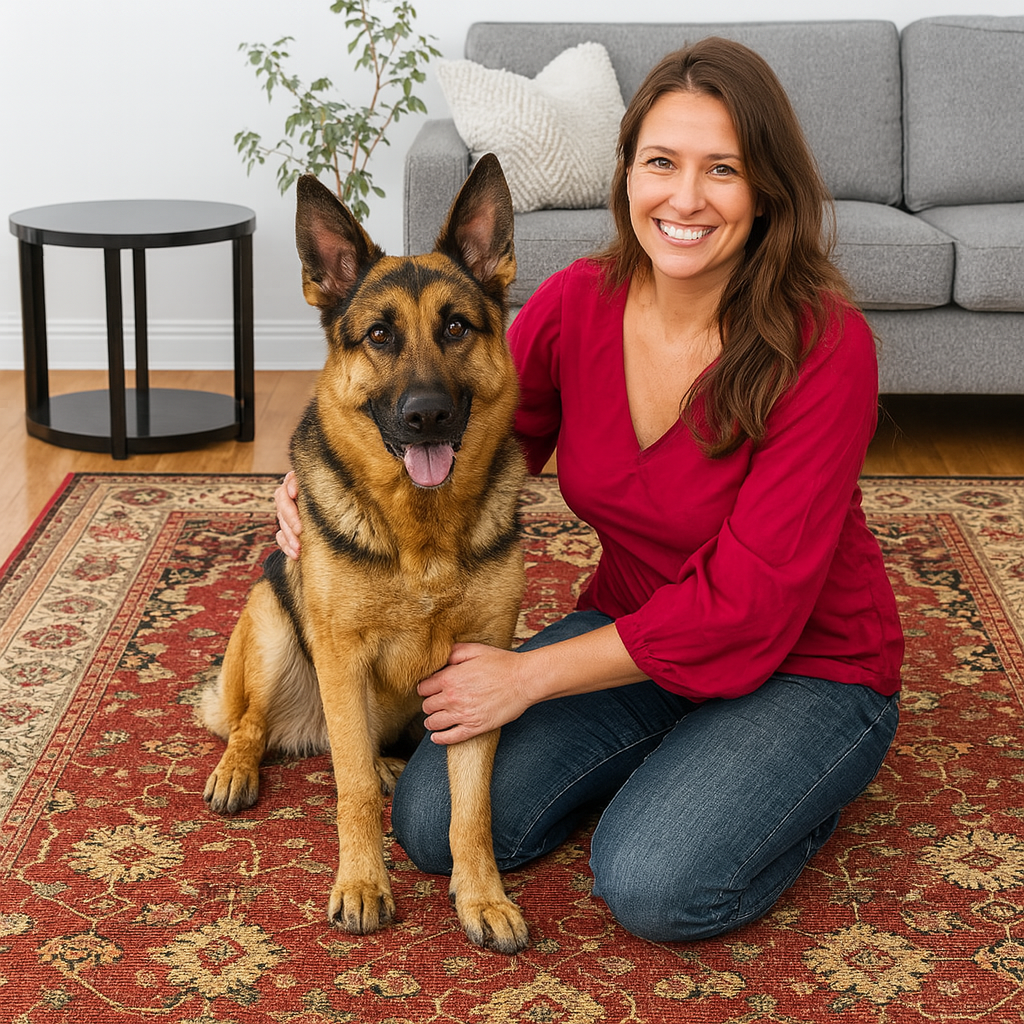
Handwoven rugs are more than floor coverings; they are works of art, cultural expressions, and treasured family heirlooms. Whether you've inherited a tribal kilim from Anatolia, purchased a hand-knotted Persian carpet, or invested in a vintage flatweave from Central Asia, caring for your legacy rug is essential to preserve its aesthetic, material, and symbolic value.
1. Understanding What Makes Legacy Rugs Unique
Before exploring care tips, it's important to understand why these rugs require specialized attention. Legacy rugs are usually:
- Handwoven or hand-knotted, often with natural dyes and wool, cotton, or silk.
- Non-standard in structure, depending on regional weaving traditions (e.g., symmetrical vs. asymmetrical knots, weft-faced vs. warp-faced kilims).
- Embedded with symbolic meaning, often telling a story, expressing fertility, protection, or cultural identity through motifs.
- Sensitive to environment, especially to UV light, moisture, moths, and chemical cleaners.
Whether it’s from the Konya plateau, Ardahan, Sistan-Baluchestan, or Kerman, your rug needs a specific care, storage and cleaning.
2. Regular Maintenance and Gentle Cleaning
Routine maintenance goes a long way in keeping your rug vibrant and damage-free.
Shake and Sweep Weekly
Use a soft broom or shake your rug outside in fresh air. Avoid vacuuming with strong suction, especially with fringe, which can unravel over time.
Vacuuming
If vacuuming is necessary, do so with a brushless suction head and only on the back side. This helps remove embedded dust without damaging pile structure. Never use a beater bar on legacy or low-pile rugs.
Spot Cleaning
For small spills:
- Blot immediately with an absorbent cloth.
- Avoid rubbing.
- Use cold water only; no soap or vinegar unless recommended by a professional.
In some Central Anatolian kilims, natural dyes may bleed or fade if cleaned improperly.
3. Deep Cleaning — Caution Required
Traditional rugs should not be dry cleaned or steam cleaned. If deep cleaning is required, consult a conservator or a rug cleaning specialist experienced in handmade and naturally dyed textiles. Some regional wool types (like coarse Van-Hakkari or soft wool from Sivas-Tülü rugs) react differently to moisture and friction.
A typical professional wash involves:
- Dusting with compressed air.
- Submersion in cold water with pH-neutral soap.
- Soft hand brushing along warp direction.
- Drying flat in the shade.
4. Storage: Keeping Time from Taking a Toll
Improper storage can cause irreversible damage to even the finest Hereke or Sarız pieces. Follow these steps:
Roll, Don’t Fold
Folded rugs create weak points that lead to cracking over time. Instead:
- Roll your rug on a cardboard or muslin tube.
- Roll in the direction of the pile to reduce stress.
For flatweaves like kilims, use acid-free tissue paper between layers if folding is the only option.
Use Breathable Covers
Never use plastic. Wrap the rug in cotton sheeting or Tyvek for airflow and protection from pests. Avoid sealing the rug completely; it needs to breathe.
Store Off the Ground
Elevate the rug off basement or attic floors, which often harbor moisture and insects. Avoid temperature extremes.
5. Preventing Damage from Sunlight, Moths, and More
Sunlight
Ultraviolet rays fade natural dyes. Rotate your rug every few months if exposed to sunlight. Use UV-filtering window films or curtains to slow fading.
Moth Protection
Wool rugs are particularly attractive to moth larvae. Prevent infestation by:
- Regularly airing the rug.
- Using natural repellents like cedar blocks or lavender.
- Inspecting the back of the rug for signs of larvae or webbing.
Pets and Furniture
Train pets to avoid direct contact. Use breathable underlay pads to reduce friction with floors. Move heavy furniture periodically to prevent crushing the pile.
6. Long-Term Preservation
If your rug is a museum-grade piece or holds significant heritage value, consider:
Museum framing for wall display, especially for flatweaves.
Professional conservation of worn or torn areas using traditional repair methods (e.g., reweaving with matching wool and natural dye).
Documentation: Record your rug’s origin, age, condition, and any known provenance or symbolic interpretations. This not only aids resale but adds meaning to your legacy.
A legacy rug is more than an object—it’s a story woven from generations of artistry, belief, and culture. With careful handling, cleaning, and storage, you ensure this story is passed down for years to come.
In the words of weavers from the Toroslar region: “We do not weave for the present; we weave so our daughters can remember.”

